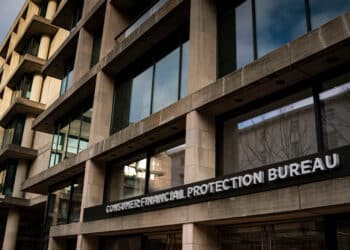Santander Settles CFPB Allegations of Loan, GAP Misrepresentation

Santander Consumer USA has finalized an agreement with the Consumer Financial Protection Bureau to pay a $2.5 million fine and more than $9 million in restitution, according to a consent order filed by the bureau on Tuesday.
Nearly a year after speculation surfaced of a possible consent order, Santander is finally settling November 2017 allegations by the bureau that it misled consumers about the cost of loan extensions and the coverage of ancillary insurance products.
Santander agreed to settle without admitting or denying the CFPB’s claims.
In addition to the fine and restitution, Santander is required to develop a new compliance plan and a risk-management program related to auto loan origination and servicing, the bureau notes. The lender must also incorporate new training materials into the current compliance training for employees.
Details of the consent order reveal how the subprime lender was allowing borrowers to make interest-only monthly payments without explaining that this type of payment increases the total cost of the loan. The lender contacted consumers who had fallen behind on payments and offered to extend their loan terms. Santander told consumers that the extensions would move monthly payments to the end of their loans but failed to explain to consumers how or when the accumulated interested would be repaid.
Since July 2011, Santander enrolled consumers in more than 2.3 million extensions, the bureau claims.
The CFPB also states that Santander failed to accurately explain to consumers its S-Guard guaranteed asset protection (GAP) policies. The lender allegedly neglected to inform consumers that GAP does not cover the costs of replacing a car that’s destroyed in an accident if the loan was worth more than 125% of the value of the vehicle at the time of purchase. Despite the LTV limitations, Santander sold S-Guard GAP to 44,180 consumers with LTVs higher than 125%.
Santander Consumer USA has $42.8 billion in assets. Earlier this year, it resolved regulatory compliance issues initiated by the Justice Department and the Federal Reserve Bank of Boston.










